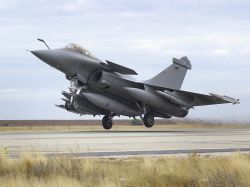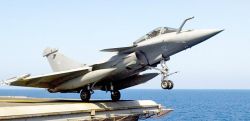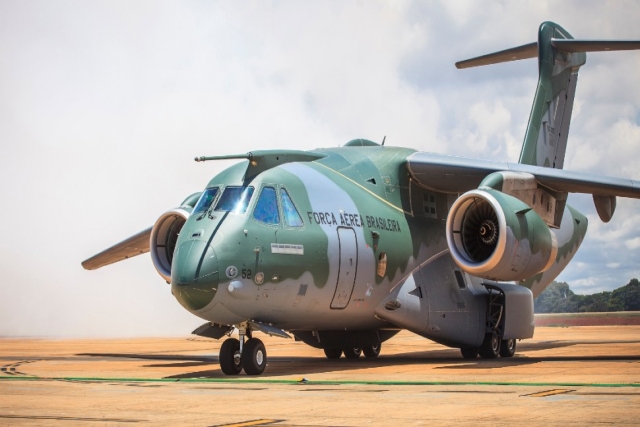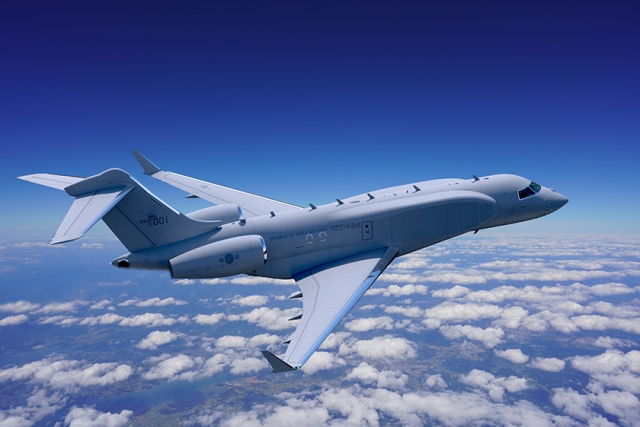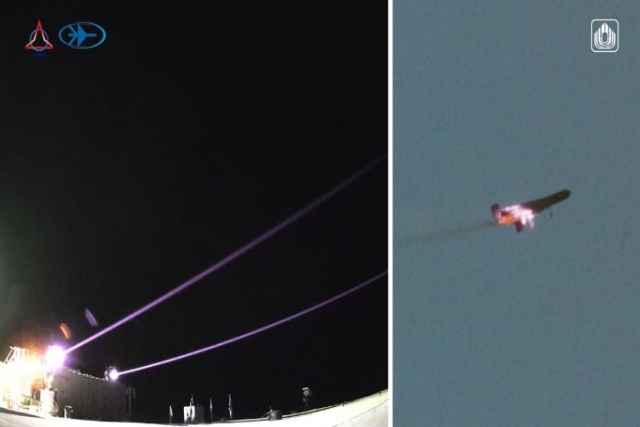Dassault Insists on Latest Rafale Version for India, Doubles the Price
Dassault has offered the latest version of the Rafale fighter, the F3R for nearly double the price of the F3 version it originally bid with in the Indian fighter aircraft competition.
The company is reportedy insisting that India take the latest version as the French company is upgrading aircraft in the French Air Force to the F3R version and all future aircraft manufactured will be of the latest version.
After it was declared the lowest bidder in the Medium Multi Role Fighter Aircraft (MMRCA) competition, the French manufacturer upped the price from about US$ 65 million a unit to US$120 million a unit in mid-2014. The price hike is one of the main bones of contention which is delaying the deal.
The reason for the hike is that the F3R version launched in 2014 incorporates major software changes that will complement the Thales RBE2 active electronically-scanned array (AESA) radar and allow the aircraft to deploy the MBDA Meteor Beyond Visual Range Air-to-Air Missile, along with improvements to the aircraft's Thales SPECTRA self-defence system and Mode-5/Mode-S-compatible Identification Friend or Foe interrogator/transponder.
Offering a different configuration aircraft at a higher price is in violation of the original Request for Proposal (RFP). Perhaps it is for this reason that an Indian news agency quoted an unnamed Indian official on January 4 as saying that Rafale has been told, “stick to the RFP”. India is insisting that Dassault cannot renege on the RFP clauses, the report said.
An Indian defence analyst Bharat Karnad writing in the Indian Express newspaper commented on reasons for the price hike that Dassault sought to replace the Rafale originally offered with the “slightly better” F3R version, promised a mid-life upgrade to incorporate the AESA radar and suggested India’s future fifth and sixth generation combat aircraft needs be met by the “F4R” and “F5R” configurations now on the drawing board.
However, Dassault may be justified to an extent, in asking for a higher price as the Indian Defence Procurement Procedure demands price freeze for a two year period after bidding. Beyond that it does not specify if the hike has to be of a certain percentage. Since Dassault was declared the lowest bidder in 2012, the Indian Rupee has devalued about 10% against the Euro and the cost in Euro terms has gone up for Dassault. All this will impact the final price.
A source familiar with international defence deals told defenseworld.net that developing newer versions of aircraft is a normal activity. With every enhancement, comes a new price tag. The Americans, Europeans and even the Russians do it. Even if India had selected the Eurofighter, it would have been faced with a similar situation. “The real problem is that India should have quickly wrapped up the deal after selecting the lowest bidder", he said.

